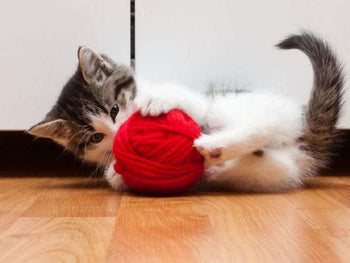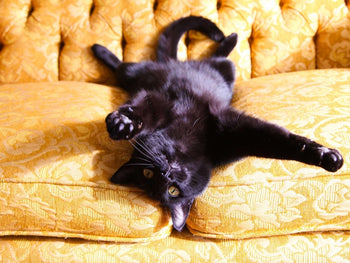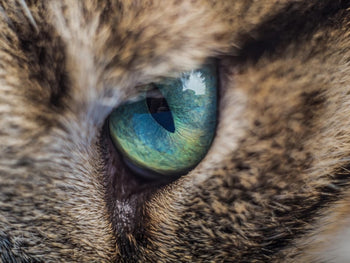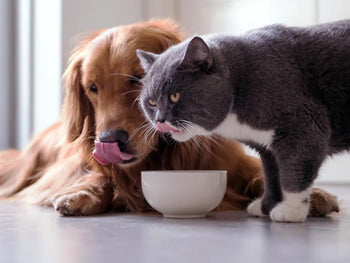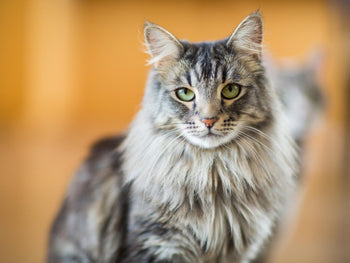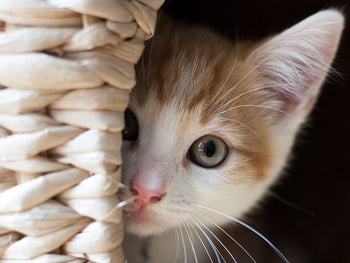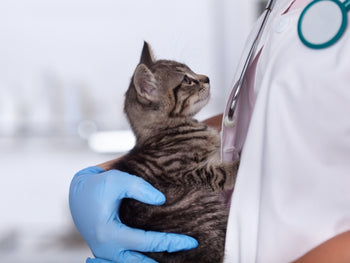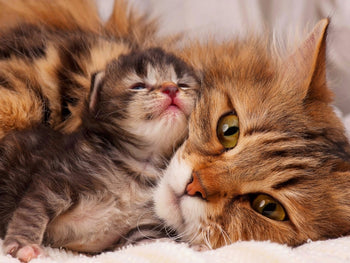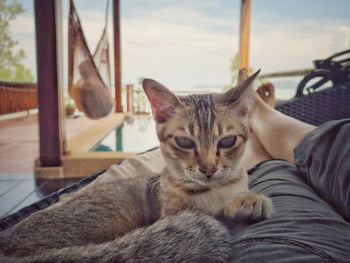Worry that your fluffy friend might feel cold in the upcoming winter? Figure out the ideal room temperature for cats in winter through this article.
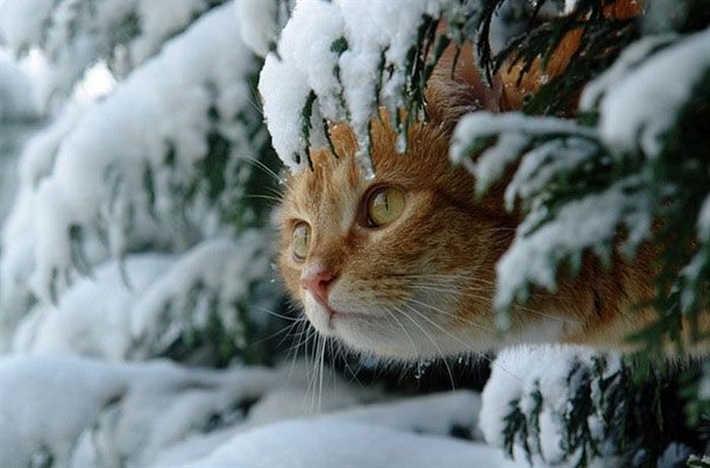
As most cats have a thick fur coat, many people think that these pets require no special attention in winters. In reality, breeds that have long hairs could somewhat tolerate cold temperatures but every cat would experience health issues if the temperature gets too low. Additionally, the amount of heat that a cat requires in cold weather varies as other factors come into the picture. As a result, there is no such thing as a fixed value when it comes to the ideal room temperature for cats in winter. So is there a way tell your pet is feeling warm?
You are a novice pet owner and don't know much about what kind of room temperature is sufficient for the average cats in wintertime? If that happens to be the case then you have come to the right place. This article shall show you everything you must keep in mind about the ideal temperature for cats in winter and certain factors that influence it. Generally speaking, cats are well-known for their independence and hence, they always attempt to improve the situation by themselves. But regarding ambient temperature, they could use some human assistance.
Heat: How Much Is Adequate
Overall, the usual body temperature of ordinary cats tends to stay between 100.5 and 102.5 degrees Fahrenheit. That means the ideal room temperature for cats in winter fluctuates from 86 to 77 degrees Fahrenheit. Maintaining the room temperature at that range would allow the cat to keep its body temperature at a natural level. Of course, to many pet owners, such a temperature is financially impractical to sustain for a long period of time. In addition to that, different breeds of cat have different requirements in term of heat.
One economic way to determine the room temperature that your pet prefers is to set the thermostat at 60 – 68 degrees Fahrenheit then just leave it alone. After a few hours, come back into the room and see how things turn out. Cats that are feeling chilly often roll around the place so if your pet behaves like that, adjust the thermostat.
Remember that cats tolerate warmth better than cold, they could comfortably lie in front of fireplaces and radiators but they tumble around in low temperatures.
If human caretakers fail to maintain the ideal room temperature for cats in winter and leave the thermostat at an unacceptably low setting, there would be a couple of signs. Depression, shivering, difficulty breathing and so on indicate that your cat is feeling cold and you have to raise the temperature as soon as possible. In the case the situation remains unchanged, hypothermia could occur to your pet and that might lead to fatal consequences. To avoid unfortunate incidents, it's important for people to keep a close eye on their cat during season change.
Check us out for astonshing cat tips & facts!
Top 5 Factors You Must Consider
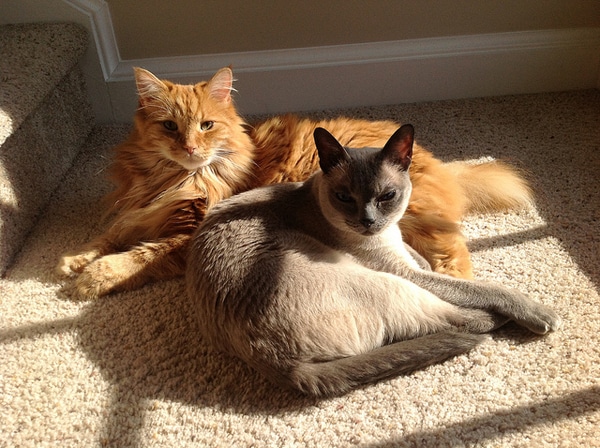
As mentioned above, the ideal room temperature for cats in winter is far from constant as it relies on various aspects of the cats themselves. The followings contain a couple of factors that you should take into account while deciding the kind of room temperature that your cat would like.
-
Breed
There are numerous breeds of cat on the planet and needless to say, they all have unique coat characteristics. Most of the time, long fur cats could deal with low temperatures much better than their short fur counterparts. Siberians, Maine Coon and Norwegian Forest are breeds that are equipped from birth to traverse snow-covered surfaces so their resistance against cold is superb. On the other hand, Burmese cats with their tropical origin and short coat prove ill- adapted to chilly weather/climate.
-
Age
Newborn kittens lack the ability to retain body heat so they are vulnerable to hypothermia even in normal temperatures. Because of that, it's strongly recommended that you set the thermostat at higher than average setting if you have to take care of kittens. As time passes by, senior cats also require more warmth than adult cats as they often suffer from joint pains. In the case you adopt a cat without knowing how old it is, pay the local veterinary clinic a visit. The vets should be able to tell you the age of your cat as well as issues about its health.
-
Size
This is a no-brainer: the fatter your cat, the stronger its cold resistance. Generally speaking, cats that have a slim body with low-fat muscles tend to require more heat than overweight cats. In case you don't know, fat play a vital role in regulating the body temperature of animals and humans. You could think of fat as a form of natural insulation that decides the cat capacity to retain its heat. Of course, it's generally unwise to boost the temperature tolerance of your pet by giving it too much food to increase its fat layers.
Supplement Methods To Keep Your Cat Reasonably Warm And Cozy

-
Heated Pads
Nowadays, you could acquire heated pads from pet stores that serve as electric blankets for your fluffy friend. Plug in the pads and your cat would be able to enjoy a constant level of warmness without sending your utility bill through the roof.
-
Window Perch
Cats love sunlight and they absorb a portion of much-needed heat from it which is why window perch is an excellent investment. In wintertime, cats like to get to high areas to bathe themselves in the sun and a perch could help them do that without trouble.
-
Daily Exercise
Sparing some time to play with your pet is a good way to make sure that the cat is in a fit state. Moreover, if you hold regular playtime in winter, your cat would stay more or less active so it could regulate its body temperature more efficiently.
-
New Diet
Once exposed to low temperature, cats require a lot of calorie in order to maintain their body temperature. Because of that, it's a good idea to reconsider the calorie intake of your pet and then introduce a new diet for the season.
-
Insulated Shelter
In the case you raising an outdoor cat, it's widely advised that you put together a pet shelter in anticipation low temperatures. Woods newspaper, newspaper, and plastic are great materials but keep the size of the shelter moderate to minimize heat loss.
For more Cat's Health Guides and fun stuff, please visit Cattybox!


